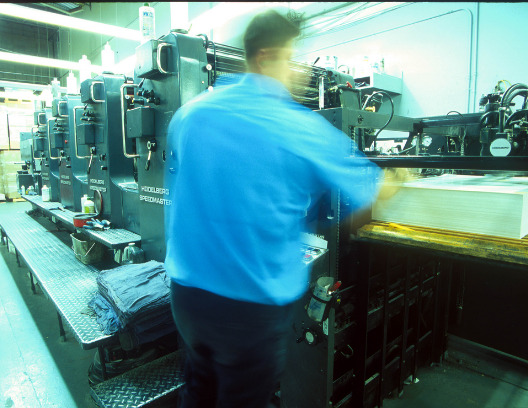Depreciation is an annual tax deduction that allows small businesses to recover the costs of certain eligible property that decreases in value over its lifetime. Depreciation is an allowance for the wear and tear, deterioration or obsolescence of the property.
As a small-business owner, you can depreciate property when you place it in service for use in your trade or business or an income-producing activity. Depreciation stops when the full cost of the property has been recovered or when the property is retired from service, whichever happens first.
What’s depreciable? Machinery, equipment, buildings, vehicles and furniture that are owned by the business. Personal property is never depreciable. If you use an asset — a car, for instance — for either business or investment and personal purposes, you can depreciate only the business or investment use portion of the asset. Other depreciable assets may consist of building improvements and land improvements, but land is never depreciable.
To depreciate property, your business must:
- Own the property. The business is considered to own property even if the property is subject to a debt.
- Use the property in a business or income-producing activity. If your property is used to produce income, the income must be taxable. Property that’s used solely for personal activities can’t be depreciated.
- Be able to assign a determinable useful life to your property. This means it must be something that wears out, decays, gets used up, becomes obsolete or loses its value from natural causes.
- Expect the property to last more than one year. The property must have a useful life that extends substantially beyond the year you placed it in service.
- Exclude excepted property from depreciation. Excepted property includes certain intangible property, certain term interests, equipment used to build capital improvements and property placed in service and disposed of in the same year.
Consider the different depreciation methods
The IRS allows you to use different depreciation methods, depending on the type of property and life of the property.
The most common depreciation method for tax purposes is the modified accelerated cost recovery system (MACRS). This method is used to recover the basis of most business and investment property placed in service after 1986. This method allows a depreciation deduction based on a percentage of the total cost based on when the property was placed in service and the life of the property.
Other depreciation methods that may be used are the straight-line method or the forecast method. The straight-line method lets you deduct the same amount of depreciation each year over the useful life of the property. While the forecast method depreciation is calculated each year by the cost of the property being multiplied by a fraction, which is the current year’s net income from the property over the anticipated net income that the property will bring in 10 years after it is placed in service.
There are also methods that are called accelerated depreciation methods, and the most common of these are bonus depreciation and Section 179 depreciation. These methods allow a more upfront depreciation deduction and may allow the entire cost of the property to be depreciated in the first year.
Work with one of our tax professionals to help you decide what method is the best choice for your situation.
New for 2022
Recently, the IRS imposed new dollar limits on the Section 179 deduction. For tax years beginning in 2022, the maximum Section 179 expense deduction is $1.08 million. This limit is reduced by the amount by which the cost of Section 179 property placed in service during the tax year exceeds $2.7 million. Also, the maximum Section 179 expense deduction for sport utility vehicles placed in service in tax years beginning in 2022 is $27,000.
This is just a brief introduction to a complex topic; there are many other provisions. Again, your best bet is to work closely with a qualified tax adviser at our Firm to make sure you’re following the rules and getting all the breaks to which you are entitled.
If you need assistance or have any questions on the information in this article, please call your CironeFriedberg professional. You can reach us by phone at (203) 798-2721 (Bethel), (203) 366-5876 (Shelton), or (203) 359-1100 (Stamford) or email us at info@cironefriedberg.com.





